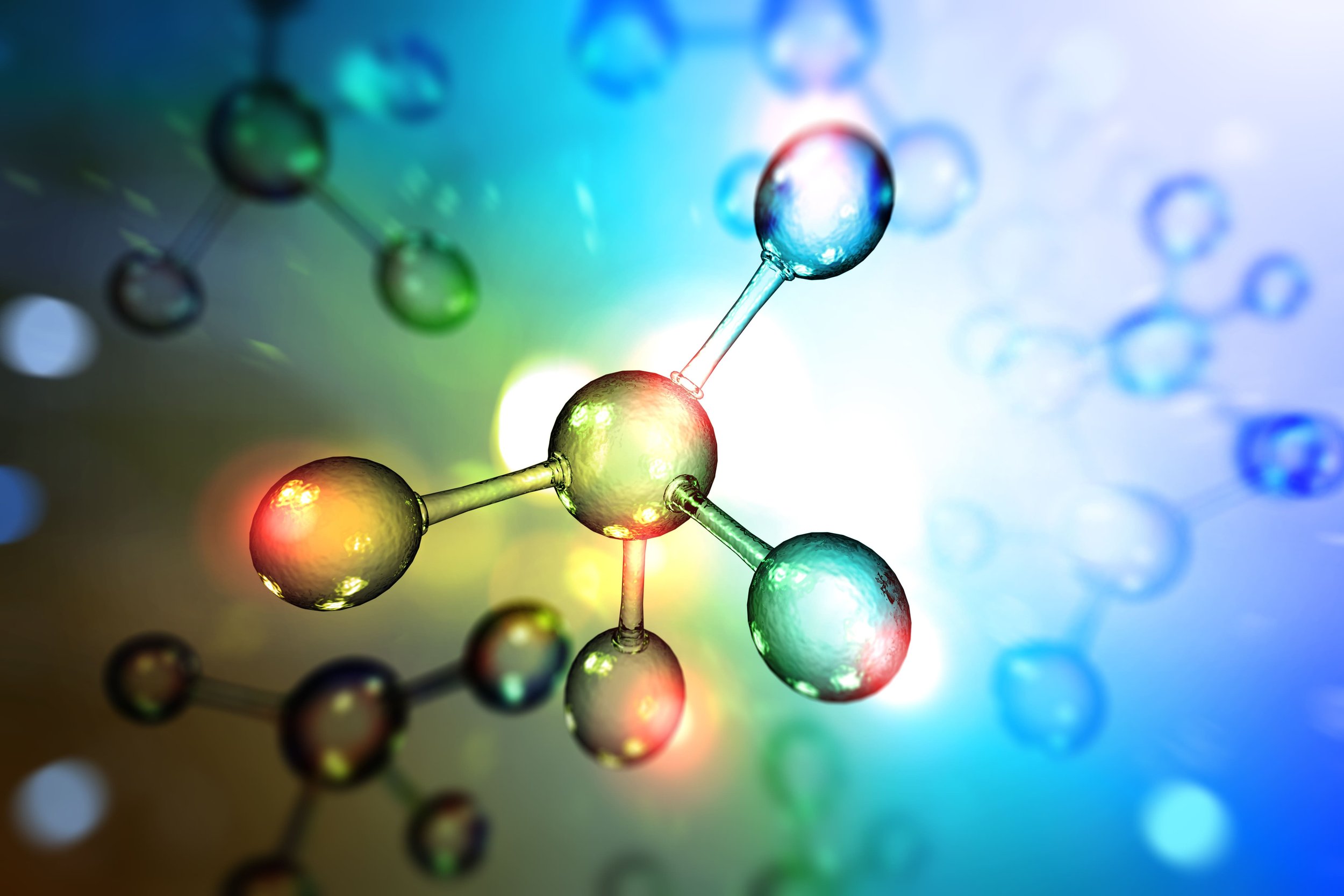MANIQU: Efficient material simulation on NISQ quantum computers
About MANIQU
The aim of the joint project MANIQU is to develop software for quantum computers to perform material simulations on a quantum mechanical basis. By using quantum computers for material simulations, exponential speed advantages can be achieved, especially for strongly correlated electron systems. This is of particular importance in the chemical industry and opens up new horizons for materials development. In addition to HQS, Bosch, BASF SE, Friedrich-Alexander-Universität Erlangen and Heinrich-Heine-Universität Düsseldorf are part of the consortium.
The Challenge
The precise simulation of materials with strongly correlated electron systems represents an enormous computational effort that overtaxes conventional computers. Properties of materials containing transition metals, especially oxides, cannot be calculated with the necessary accuracy on existing computers, even with the best approximation methods currently available. The project investigates the extent to which calculations on currently available quantum computers, so-called noisy intermediate-scale quantum computers (NISQ) with limited error correction and a moderate number of qubits, achieve the required accuracy.
For material development, properties, and forces at the atomic level beyond the ground state are of particular interest. There are numerous academic concepts for the calculation of these quantities, but no implementations in a software package. As a sub-project of the MANIQU project, HQS's task is to integrate the tools and algorithms developed by the partners for the determination of material properties into standardized software and to coordinate the execution of these on quantum computers. HQS also provides the HQS Noise App software application for simulation on NISQ devices. To investigate the complex quantum mechanical properties of transition metal-containing materials, especially oxides, the mapping to spin systems is crucial. An additional application is required for this purpose.
Our Solution
HQS has developed hybrid algorithms based on the system-bath approach, that have been anchored in the HQS Noise App software application. The HQS Noise App works with open quantum systems and integrates the noise of NISQ devices into the algorithm. These algorithms will enable highly accurate chemical and material simulations on near real-time quantum computers, opening the possibility of calculating properties beyond the ground state. This is an innovative and previously unexplored area in materials simulation.
HQS Spin Mapper & HQS Noise App
For the simulation of electronic systems on spin systems, the HQS Spin Mapper software application was developed as part of the project, building on the innovative power of the HQS Noise App. The basic idea behind this tool is to transfer unpaired electrons in electronic systems, which are localized on orbitals, into a spin system in the bath of the remaining electrons. The Spin Mapper therefore enables the investigation of electron systems on NISQ devices based on spin interactions in open systems.
The software can be run either locally on a computer or in the cloud and is equipped with a security concept and a simple payment system. By applying it to a strongly correlated system, the micro solvated nickel (II) ion, spin-like orbitals were successfully identified and converted into a spin state. This paves the way for the simulation of such systems on NISQ computers.
In addition, the HQS tool Qolossal has been further developed. Qolossal enables the precise simulation of large material sections using the tight-binding method with quantum mechanical accuracy. By using an efficient solver for lattice models, where the computational efficiency increases proportionally with increasing system size, the physical and chemical properties of materials can be simulated on a scale that is important for electronic devices. This tool has been enhanced with additional features such as consideration of temperature, topological effects, chemical behaviour, and more It has also been tested how the tool reacts to complicated simulations, such as the vibration of molecules or the interaction of electrons.
The key role of HQS was to monitor and integrate the entire workflow. The components developed by HQS link the basic state calculations of the academic partners with the industrial applications of the industrial partners. The integration of all developed algorithms and tools into uniform software creates a commercially usable application, which was also designed as a cloud application on the AWS platform. The integration of a REST API enables full remote access to the software. Cloud access makes it easy to access the software without having to invest in costly hardware.
Close collaboration between academic and industrial partners has resulted in powerful workflow software that takes advantage of quantum computing to develop innovative products and applications for future markets.

